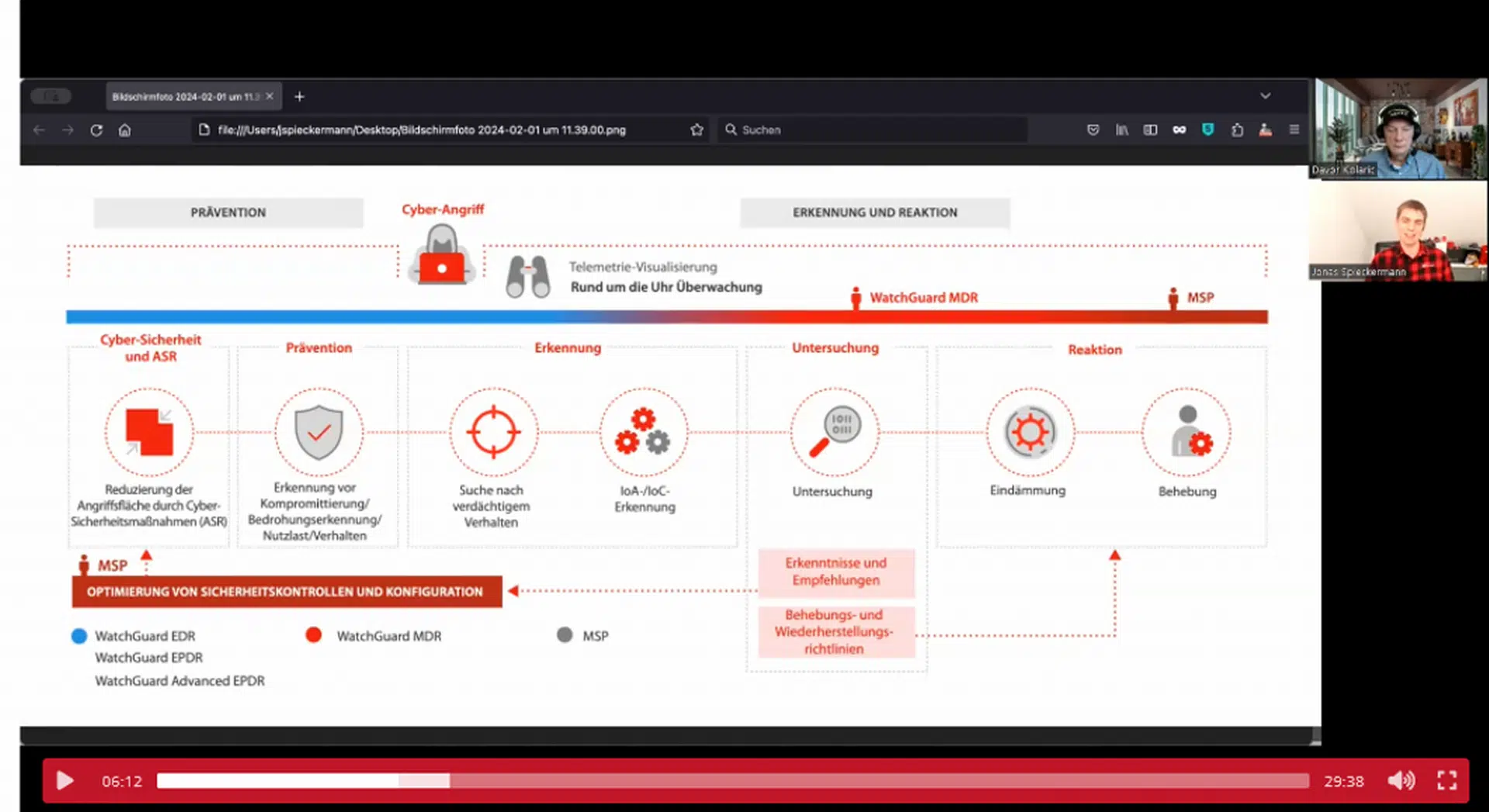
The National Security Agency and the Cybersecurity and Infrastructure Security Agency (CISA) released a joint Cybersecurity Information Sheet today detailing factors to consider when choosing a virtual private network (VPN) and top configurations for deploying it securely. “Selecting and Hardening Remote Access VPN Solutions” also will help leaders in the Department of Defense, National Security Systems and the Defense Industrial Base better understand the risks associated with VPNs.
VPN servers are entry points into protected networks, making them attractive targets. Multiple nation-state advanced persistent threat (APT) actors have weaponized common vulnerabilities and exposures (CVEs) to gain access to vulnerable VPN devices. Exploitation of these CVEs can enable a malicious actor to steal credentials, remotely execute code, weaken encrypted traffic’s cryptography, hijack encrypted traffic sessions, and read sensitive data from the device. If successful, these effects usually lead to further malicious access and could result in a large-scale compromise to the corporate network.
The Information Sheet details considerations for selecting a remote access VPN, as well as actions to harden the VPN from compromise. Top hardening recommendations include using tested and validated VPN products on the National Information Assurance Partnership (NIAP) Product Compliant List, employing strong authentication methods like multi-factor authentication, promptly applying patches and updates, and reducing the VPN’s attack surface by disabling non-VPN-related features.
NSA is releasing this guidance as part of our mission to help secure the Department of Defense, National Security Systems and the Defense Industrial Base.
For more details on how to select a secure VPN and further harden your network, read the full Information Sheet here.
For more cybersecurity guidance, visit NSA.gov/cybersecurity.
Fachartikel
Studien

Threat Report: Anstieg der Ransomware-Vorfälle durch ERP-Kompromittierung um 400 %

Studie zu PKI und Post-Quanten-Kryptographie verdeutlicht wachsenden Bedarf an digitalem Vertrauen bei DACH-Organisationen

Zunahme von „Evasive Malware“ verstärkt Bedrohungswelle

Neuer Report bestätigt: Die Zukunft KI-gestützter Content Creation ist längst Gegenwart

Neue Erkenntnisse: Trend-Report zu Bankbetrug und Finanzdelikten in Europa veröffentlicht
Whitepaper
Unter4Ohren

Datenklassifizierung: Sicherheit, Konformität und Kontrolle

Die Rolle der KI in der IT-Sicherheit

CrowdStrike Global Threat Report 2024 – Einblicke in die aktuelle Bedrohungslandschaft

WatchGuard Managed Detection & Response – Erkennung und Reaktion rund um die Uhr ohne Mehraufwand












